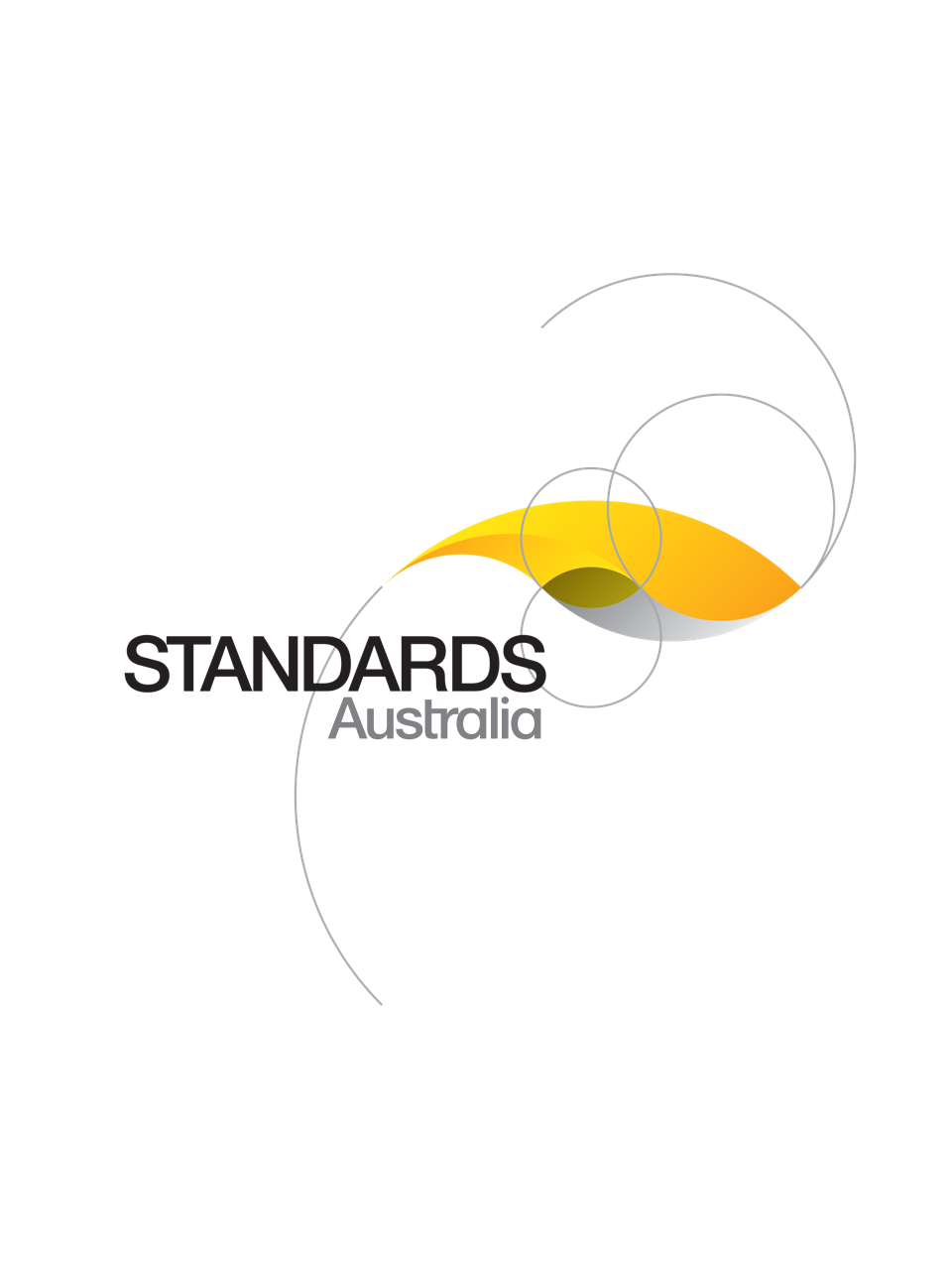Standard
Track updates
AS/NZS 3580.14:2014
[Current]Methods for sampling and analysis of ambient air, Part 14: Meteorological monitoring for ambient air quality monitoring applications
Sets out methods for the collection of meteorological data for use in ambient air quality monitoring and modelling applications.
Published: 01/12/2014
Pages: 48
Table of contents
Cited references
Content history
Table of contents
Header
About this publication
Preface
1 Scope and general
1.1 Scope
1.2 Referenced documents
1.3 Definitions
1.4 Test report
2 Wind speed and direction
2.1 Scope of section
2.2 Application
2.3 Principle
2.4 Apparatus
2.4.1 General
2.4.2 Cup anemometer and vane systems
2.4.3 Propeller anemometer and vane systems
2.4.4 Ultrasonic anemometers
2.5 Instrument
2.6 Procedure
2.6.1 Siting
2.6.2 Vertical variation of the wind—Atmospheric stability
2.7 Obstructions
2.7.1 General
2.7.2 Multiple obstructions
2.7.3 Measurements among obstructions
2.7.4 Hills, valleys and uneven terrain
2.8 Installation
2.8.1 Mounting
2.8.2 Protection in adverse conditions
2.8.3 Lightning
2.8.4 Data acquisition system (DAS) configuration
2.8.4.1 General
2.8.4.2 Wind vane potentiometer full scale
2.8.4.3 Handling of calm conditions
2.8.4.4 Average wind speed direction and sigma theta calculations
2.9 Wind sensor orientation
2.9.1 General
2.9.2 Magnetic declination methods
2.9.3 Solar methods
2.9.4 Global positioning system (GPS) alignment method
2.9.5 Distant object alignment method
2.10 Instrument calibration
2.10.1 Initial calibration
2.10.2 Subsequent calibration
2.10.3 Collocated transfer standard check method (CTS)
2.11 Operation and maintenance
2.11.1 General
2.11.2 Onsite checks
2.11.3 Laboratory or workshop checks
2.11.4 Wind tunnel calibrations
2.12 Measurement uncertainty
3 Ambient temperature and temperature gradient
3.1 Scope of section
3.2 Application
3.3 Principle
3.4 Apparatus
3.4.1 General
3.4.2 Instrument
3.5 Procedure
3.5.1 Siting and installation
3.5.2 Instrument calibration
3.5.2.1 Background
3.5.2.2 Calibration procedure
3.5.2.3 Operational precision check
3.5.3 Operation and maintenance
3.6 Measurement uncertainty
4 Relative humidity
4.1 Scope of section
4.2 Application
4.3 Principle
4.4 Apparatus
4.4.1 General
4.4.2 Instrument
4.5 Procedure
4.5.1 Siting and installation
4.5.2 Instrument calibration
4.5.2.1 General
4.5.2.2 Calibration procedure
4.5.2.3 Operational precision check
4.5.2.4 Operational recalibration
4.5.3 Operation and maintenance
4.6 Measurement uncertainty
5 Global solar radiation
5.1 Scope of section
5.2 Application
5.3 Principle
5.4 Apparatus
5.4.1 General
5.4.2 Instrument
5.5 Procedure
5.5.1 Siting and installation
5.5.2 Instrument calibration
5.5.2.1 General
5.5.2.2 Initial calibration
5.5.2.3 Subsequent calibration
5.5.2.4 Collocated transfer standard check method (CTS)
5.5.3 Operation and maintenance
5.6 Measurement uncertainty
6 Atmospheric pressure
6.1 Scope of section
6.2 Application
6.3 Principle
6.4 Apparatus
6.4.1 General
6.4.2 Units and scales
6.4.3 Instrument
6.5 Procedure
6.5.1 Siting and installation
6.5.2 Instrument calibration
6.5.2.1 General
6.5.2.2 Calibration procedure
6.5.3 Operational precision check
6.5.3.1 General
6.5.3.2 Precision check using remote barometer
6.5.3.3 Precision check using a transfer standard
6.5.4 Operation and maintenance
6.6 Measurement uncertainty
7 Precipitation
7.1 Scope of section
7.2 Application
7.3 Principle
7.4 Apparatus
7.4.1 General
7.4.2 Instrument
7.5 Procedure
7.5.1 Siting and installation
7.5.2 Instrument calibration
7.5.2.1 General
7.5.2.2 Operational precision check
7.5.3 Operation and maintenance
7.6 Measurement uncertainty
Cited references in this standard
[Current]
Solar energy — Specification and classification of instruments for measuring hemispherical solar and direct solar radiation
ISO Guide 98-3
Uncertainty of measurement Part 3: Guide to the expression of uncertainty in measurement
ASTM E104
Standard Practice for Maintaining Constant Relative Humidity by Means of Aqueous Solutions
ASTM E563
Standard Practice for Preparation and Use of an Ice-Point Bath as a Reference Temperature
One-time Purchase
Access via web browser on any device
One-time purchase
Single publication
Offline access via PDF^
$177.61 AUD
Inclusive of GSTFormat *
Web Reader
Licenses *
1 License (for yourself - not shareable)
Total$177.61 AUD
IMPORTANT
